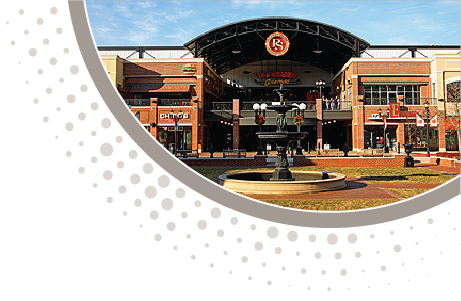Triad Engineering, Inc. (Triad), under contract to the J&J Corner Store and reimbursed by the Virginia Petroleum Storage Tank Fund (VPSTF), is providing environmental services related to a release of E10 gasoline (gasohol) from an underground storage tank (UST). Triad’s environmental services for the project included release confirmation, UST removal, liquid phase hydrocarbon (LPH) recovery, groundwater and drinking water monitoring, and groundwater remediation.
The J&J Corner Store located east of Berryville, Clarke County, Virginia, began to receive E10 gasoline in October 2008. Prior to the delivery of E10, the 16-year old steel USTs were cleaned and prepared to receive the E10. A cathodic protection test failed in April 2010 but was not reported to the Virginia Department of Environmental Quality (VADEQ) due to the belief that unprotected steel components on the top of the USTs interfered with the test. In September 2010, due to a failed automatic tank gauge, Tank #2 was tightness tested and passed. The automatic tank gauge continued to indicate failure and a second tightness test in October 2010 failed. Tank #2 physically measured 3 inches of product and 3 inches of water. The VADEQ immediately requested a release confirmation. Triad preformed the release confirmation by installing several monitoring wells. The release confirmation identified 8 to 10 feet of free product in the installed monitoring wells that surrounded the UST field.
Triad installed a conventional dual phase treatment system consisting of a 10-horsepower liquid ring vacuum pump, phase separator, oil/water separator, air stripper and product and water storage collection tanks began LPH recovery from 5 wells. The product recovery consisted of placing drop tubes six inches below the measured oil/water interface to reduce the amount of water recovered. The free product system recovered more than 300 gallons of free product and approximately 14,785 gallons of water over a three-month period. Consistent measurable LPH had been eliminated from all monitoring wells.
Triad supervised the removal and replacement of the three USTs. Several pinholes were identified in the bottom of Tank #2 confirming the failed tightness tests. Petroleum-contaminated soil was excavated for disposal. Shallow bedrock was encountered and limited the extent of the remedial excavation.
Down gradient drinking water supply wells continued to demonstrate increasing benzene concentrations. The need to contain and recover groundwater was apparent. Triad preformed a pilot groundwater recovery study using the in-place system. The pilot test concluded that the system created the required cone of influence and that the conventional treatment removed the petroleum constituents but had no effect on the ethanol dissolved in the water. The VADEQ requires that discharged water contain no more than 4,100 micrograms per liter (ug/l) of ethanol. The system influent concentrations of ethanol were above 6,000,000 ug/l and the effluent concentrations were similar. Various ethanol removal technologies were evaluated; however, bioremediation was the technology that was chosen to be the most economical and efficient. The bioremediation process required the development of an activated sludge similar to the processes used at municipal wastewater treatment plants. The bioremediation uses two 10,000-gallon tanks that operate in a fill and draw cycle. The system is designed to treat and discharge a maximum of 8,500 gallons of water a day under a national pollutant discharge elimination system (NPDES) permit.
The groundwater recovery system has been in operation since September 2011. The recovery and treatment system has reduced the detectable levels of ethanol originally identified in 6 wells to 2 wells, and concentrations of benzene, toluene, ethylbenzene, and xylenes (BTEX) have begun to decrease. The system continues to operate until an alternative water supply is developed for the site vicinity.


